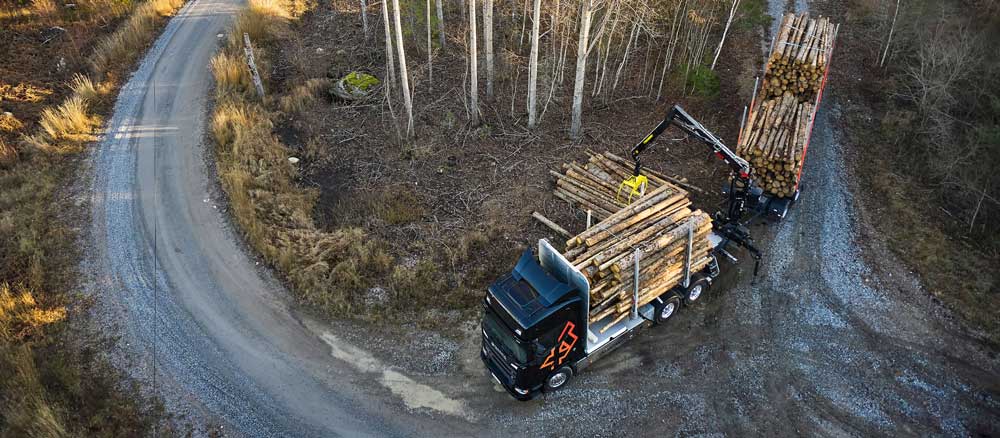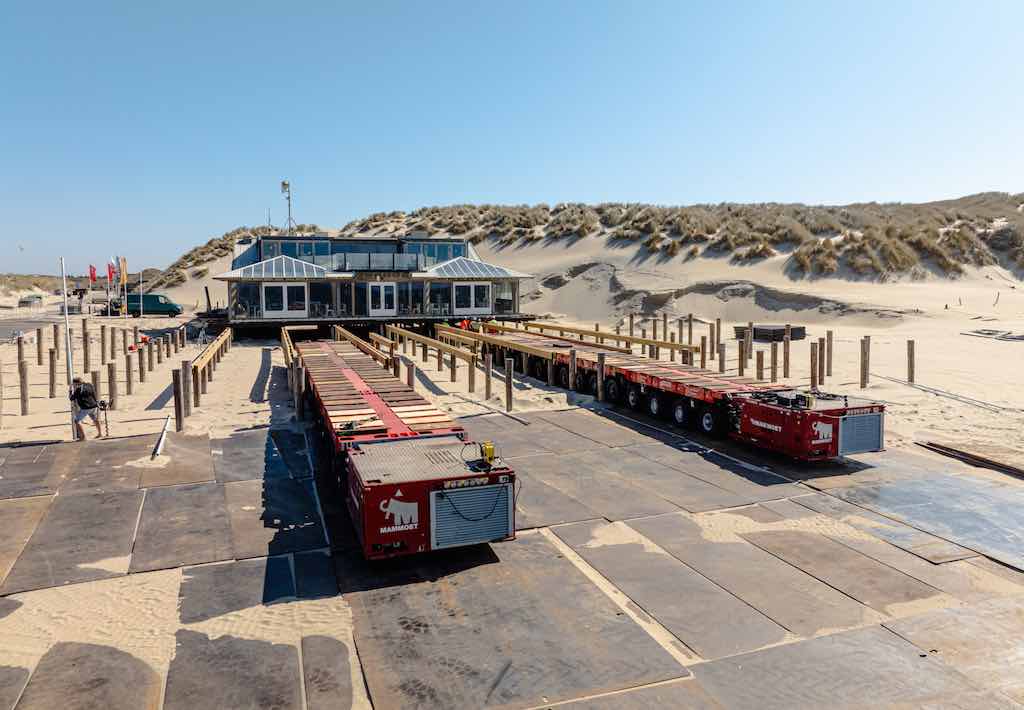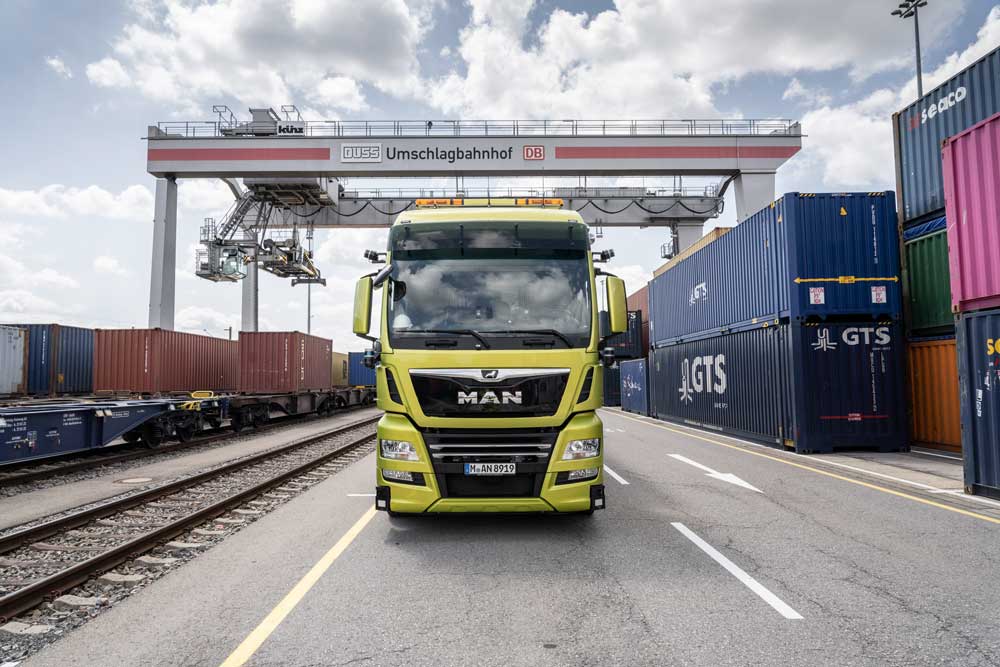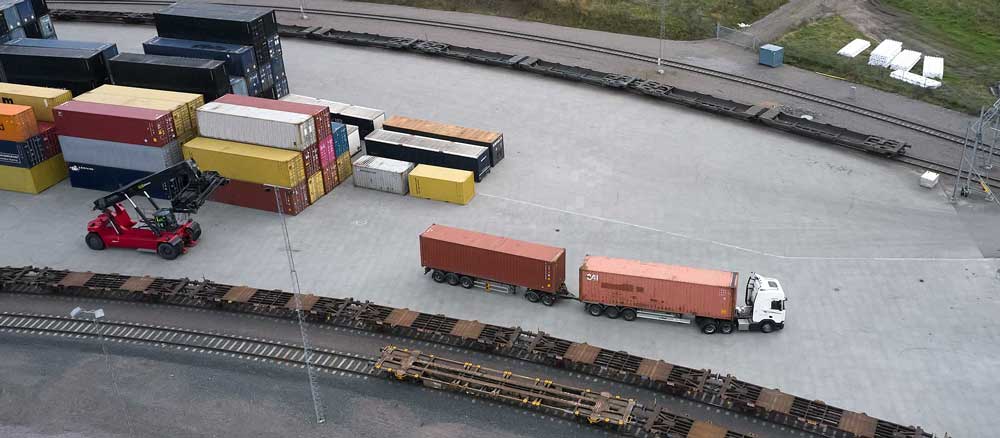Scania now introduces the RB662 tandem bogie axle with an optional lift-and-disengage function. The new option, when engaged, can save up to 6 percent on fuel, depending on operation, and reduces the turning radius. Lifting takes less than 25 seconds and, with normal chassis height and tyres, ground clearance is nearly 70 mm.
“This is a highly desired function from customers in certain applications, and I’m pleased to announce this very neat solution,” says Bo Eriksson, Product Manager, Scania Trucks. “When unladen, the difference in fuel consumption can be up to 6 percent depending on the operation. That is substantial, especially when considering a return leg of 150 to 200 kilometres, as is often the case with timber trucks in Sweden. And, on top of that, you also get less tyre wear and increased manoeuvrability.”
The liftable and disengageable tandem bogie (LDTA) requires air suspension and will increase the trucks kerb weight by 60 kg. Most of the fuel savings can be attributed to the reduced friction inside the second (disconnected) axle gearing and only some 10 percent of the saving derives from reduced rolling resistance. Three bogie weights – 19, 21 and 26 tonnes – are available and load limits with the second axle lifted are 9.5, 10.5 and 13 tonnes respectively.
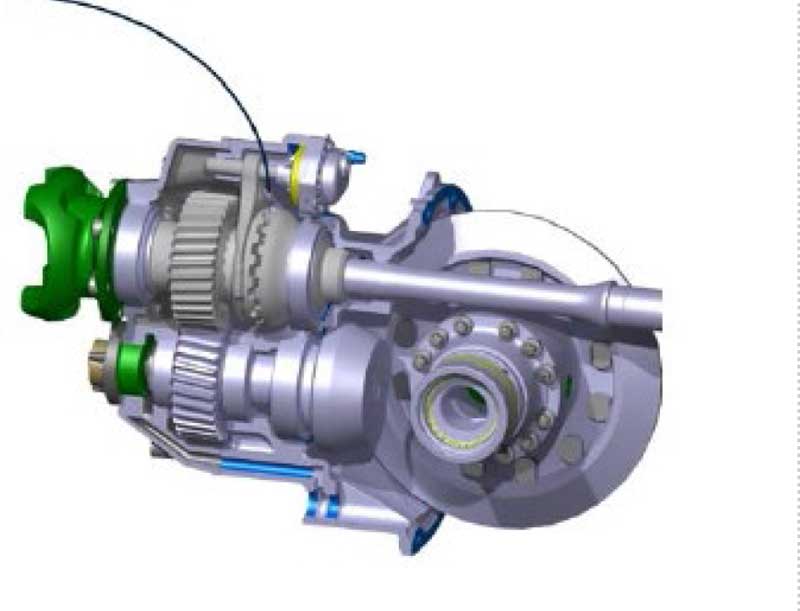
The LDTA option can presently not be combined with hub reduction axles or tridem configurations. The driver raises the axle by simply turning a knob. A pop-up warning appears in the instrument cluster if the truck identifies an overload situation, in which case it will not lift the axle. The lifting can be called for at any speed. The disengage-ment itself is performed via a “dog clutch” connection.
“We definitely expect that this option will be included in many truck specifications,” says Eriksson. “The added cost will rapidly be compensated given the obvious and highly positive contribution to our customers’ total operating economy.”


